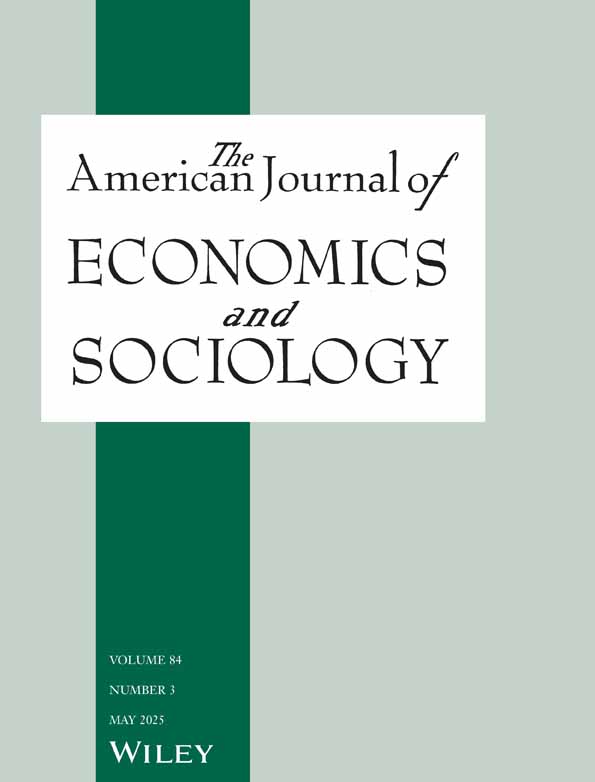Unveiling the Possibilities to Minimize the External Debt Burden Through Remittances in Top Remittance's Recipient Countries: A Quantile Regression Approach
This research is regarding identifying the root causes of burgeoning foreign debt burden and how to bring and keep it at sustainable level in top remittances recipient countries as declared by World Bank and IMF. This research is in line with the achievement of 17.1.4 SDG by 2030 as envisioned in UNDP of UNO.
ABSTRACT
Despite considerable inflows from worker remittances, foreign direct investment (FDI), and foreign grants, many top remittance-receiving countries continue to grapple with a growing external debt burden, posing a critical issue for policymakers and researchers. This study seeks to explore strategies to reduce external debt by investigating factors that either contribute to or mitigate foreign borrowing. Using panel data from 1991 to 2022, drawn from the World Development Indicators (WDI), the study applies Westerlund, Pedroni, and Kao co-integration tests alongside Fully Modified OLS (FMOLS) and Dynamic OLS (DOLS) to address econometric challenges like serial correlation, autocorrelation, endogeneity, and unit roots. To ensure robustness, the study validates findings through Canonical Correlation Analysis and quantile regression, reinforcing the FMOLS and DOLS results. The analysis indicates that worker remittances, FDI, and economic growth significantly alleviate the external debt burden, while factors like debt servicing, gross capital formation, and imports exacerbate it, leading to increased borrowing. Based on these findings, the study recommends that governments enhance economic growth by channeling remittances through formal means and investing them in high-return, productive sectors. Additionally, controlling debt servicing and imports is suggested to better manage external debt.
Conflicts of Interest
The authors declare no conflicts of interest.
Open Research
Data Availability Statement
All the data and material used in this research will always be readily available on request.




